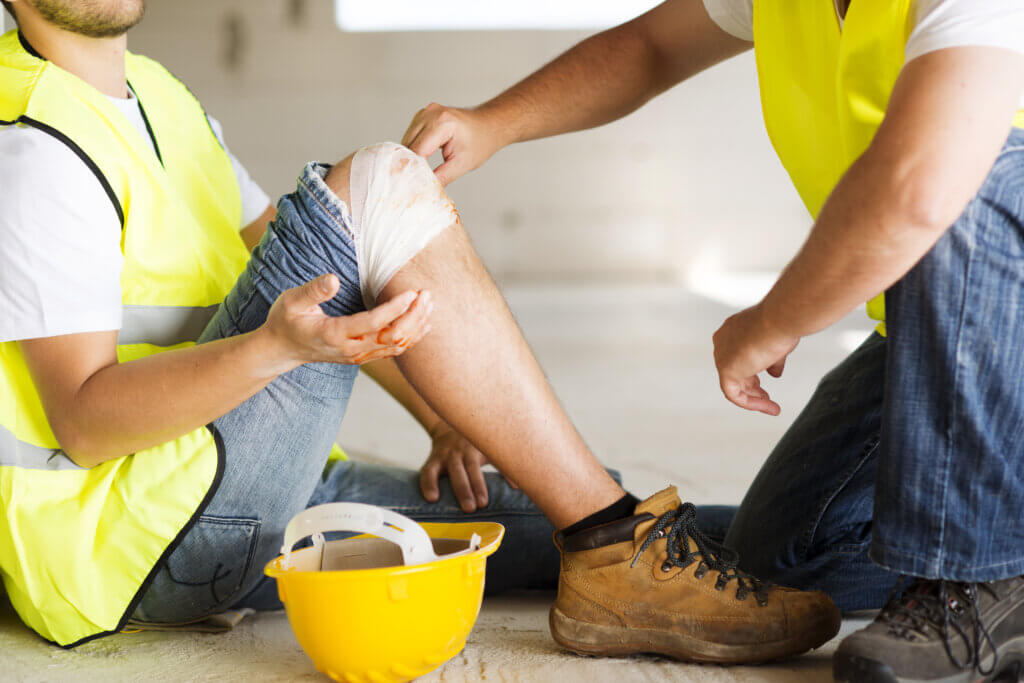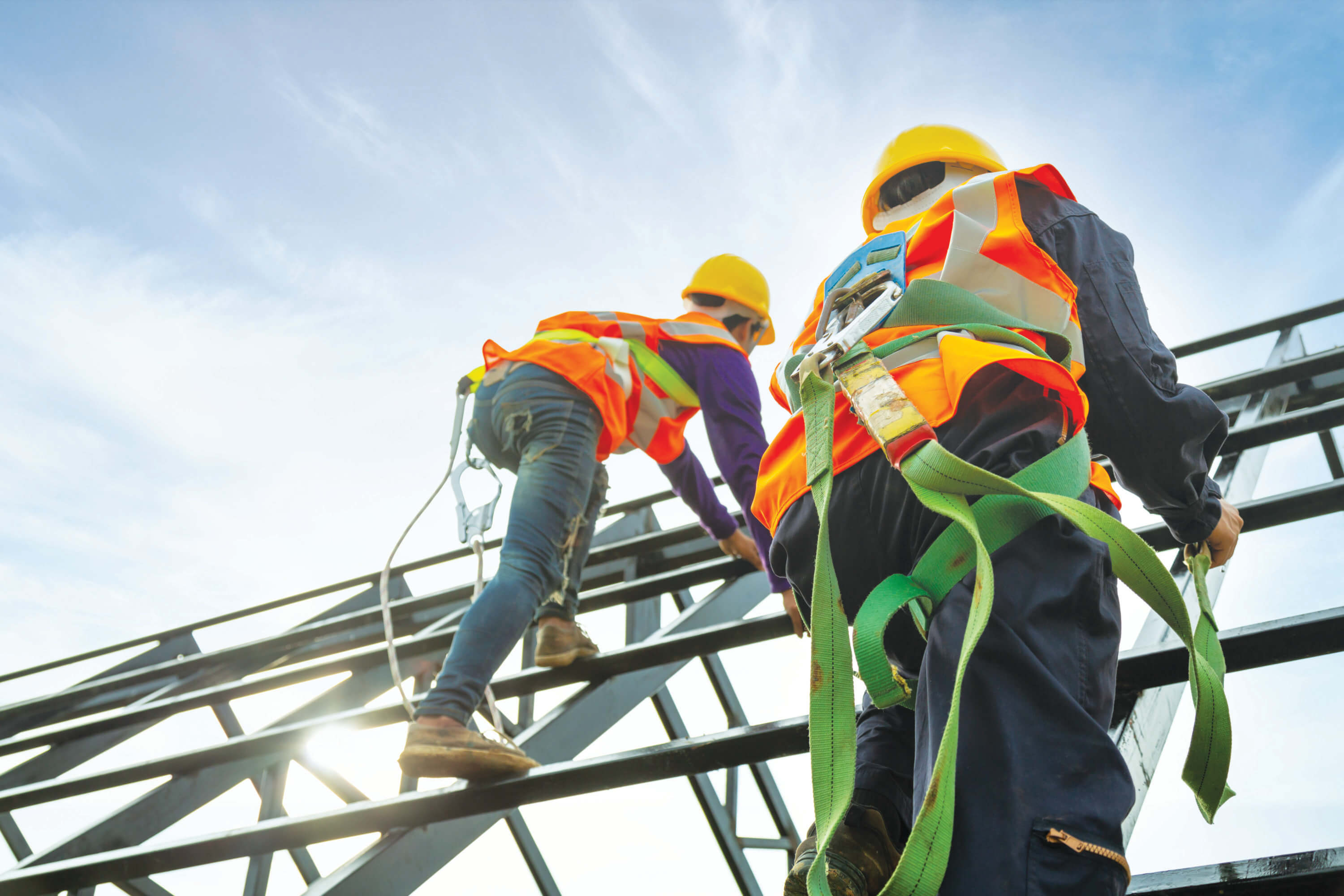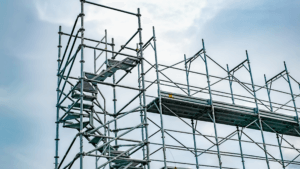A recent report from Safe Work Australia has revealed a concerning 41% surge in serious claims resulting from workplace accidents1 involving apprentices and trainees within the construction and manufacturing sectors.
The report serves as a stark reminder of the persistent challenges faced by Trans-Tasman organisations when seeking to provide a safe and healthy workplace to all workers.
According to the report, the construction, manufacturing, and other services industries collectively accounted for more than two-thirds of all serious workers’ compensation claims by apprentices and trainees. Notably, the construction industry stood out, representing nearly half (49.9%) of all these claims.
Among apprentices and trainees below the age of 30 in the construction sector, the prevailing work-related injury was lacerations or open wounds not involving traumatic amputation. Falls, trips, and slips emerged as the primary incident classifications behind work injuries in this group. Whilst in manufacturing, the primary cause of work injuries was being hit by moving objects.
Such statistics highlight the needs of trainees and apprentices as being unique and requiring particularised attention, given that early tenure and inexperience are correlated with a higher incidence of work injuries in this population.

At SafetyWorks, our health and safety consulting practice, we have worked with employers across these sectors for over 20 years to help build safety improvement in the real world. Over that time, we have identified 7 key principles that can be applied with WHS management systems to forge improvements in safety performance. We believe these principles can go a long way in mitigating the increased risk faced by young apprentices and trainees. These principles are outlined below:
7 principles for safety improvement
- Sustained improvements in safety outcomes rely on the development of systemic programs that embed Health, Safety and Wellbeing as values to be lived rather than priorities to be managed.
- A values-based approach builds intrinsic motivation to create a safety culture of care, where people believe that all injuries are preventable and behave safely because they want to not because they have to.
- Safety is a line management responsibility with upwardly rising accountability, where safety concerns are addressed at the level at which they occur. As such, safety improvement begins and ends with leaders; they are the great integrators of culture into the business as usual.
- Maintaining standards , processes and safety rules that are fit for purpose and continuously monitored and evaluated, ensure safety practices across the organisation are effective
- Being receptive to the specific needs of groups within the workforce such as those who are inexperienced and in training
- Health and safety needs to be organised through a central structure so as to reach deep into the organisation and mobilise the required resources and outcomes
- Collaborate with workers to co-design solutions to safety issues they are faced with, as those closest to the problem are often best placed to identify opportunities for and approaches to improvements.
Let’s connect
Click below to find out more about managing WHS risk and our injury prevention programs or you can connect with
Dr Sarah Curtis, Head of Health Promotion & Injury Prevention Services direct on:
m: +61 408 533207
e: sarah.curtis@vitalityworks.com.au




